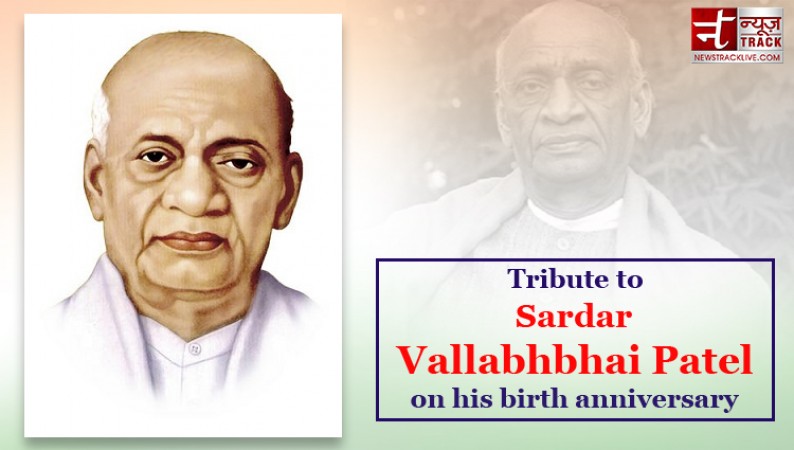
On October 31st, the entire nation commemorates the 148th birth anniversary of Sardar Vallabhbhai Patel, fondly known as the Iron Man of India. A towering figure in the annals of Indian history, Sardar Patel was not only a visionary politician and administrator but also a distinguished lawyer, barrister, and a senior leader of the Indian National Congress. His legacy is one that encompasses not only the pre-independence struggles but also the post-independence contributions that continue to shape modern India. In honor of his indomitable spirit and invaluable service to the nation, his birth anniversary is celebrated as National Unity Day.
Let's delve into ten key aspects of Sardar Vallabhbhai Patel's life and his monumental contributions:
Sardar Vallabhbhai Patel was born on October 31, 1875, in a farmer's family in Nadiad, Gujarat. He was the fourth child of his parents and got married at the young age of 16. Tragically, his wife passed away when he was just 33 years old.
Sardar Patel was a skilled lawyer and pursued his studies as a barrister in London. However, he was profoundly influenced by Mahatma Gandhi's principles, which led him to join the Indian independence movement. He played a significant role in India's struggle for freedom. His first major contribution was leading the Kheda Satyagraha in 1918.
After successfully leading the Bardoli Satyagraha in 1928, Sardar Patel earned the honorific title of "Sardar" or "leader." Mahatma Gandhi addressed him as "Sardar" during this pivotal time.
Post-independence, Sardar Patel served as India's first Deputy Prime Minister and Minister of Home Affairs. He played a pivotal role in integrating 562 princely states into the newly formed Indian Union, a monumental task that demonstrated his extraordinary leadership and administrative acumen. His contribution to the unity of India cannot be overstated.
Sardar Vallabhbhai Patel is often referred to as the "Iron Man of India" due to his unwavering determination and strong personality. He displayed exceptional courage and steadfastness in his efforts to unite the diverse regions of India.
On October 31, 2018, a colossal statue called the "Statue of Unity" was unveiled in Gujarat, facing the Sardar Sarovar Dam on the Narmada River. This 182-meter (597-foot) statue is the tallest in the world and is dedicated to Sardar Patel. It symbolizes his role in unifying India.
Sardar Patel recognized the importance of the Indian Civil Services in the governance of the country. He believed that a strong civil service would be the backbone of India's administration. He often referred to the civil services as the "steel frame" of India.
As a prominent member of the Constituent Assembly, Sardar Patel played a significant role in shaping the Indian Constitution. He chaired various provincial committees, contributing substantially to the framing of the Constitution.
In recognition of Sardar Patel's pivotal role in unifying India, his birth anniversary is celebrated as National Unity Day. This practice began in 2014 and serves as a reminder of the importance of unity in a diverse nation like India.
Sardar Vallabhbhai Patel passed away on December 15, 1950, in Mumbai. In 1991, he was posthumously awarded the Bharat Ratna, India's highest civilian honor, in recognition of his exceptional contributions. Sardar Vallabhbhai Patel's legacy continues to inspire generations. He was not only a leader during India's fight for freedom but also a unifying force after independence. The Statue of Unity stands as a testament to his remarkable achievements and unwavering commitment to India's unity and progress. Sardar Patel's life and work serve as a beacon of hope and an enduring symbol of unity for the world's largest democracy.
Indian Railways Begins Festive Journey: Special Vande Bharat Train for Chhath Puja
Ambani gets 3rd death threat by email, Demands Whopping Rs. 400 Cr Ransom
Sardar Patel Birth Anniversary: PM Modi, and President Murmu, Pay Tributes to the Iron Man of India